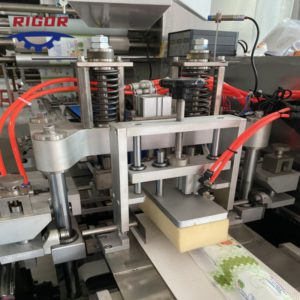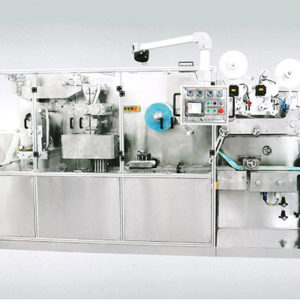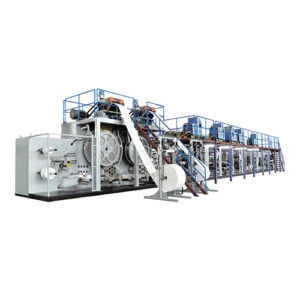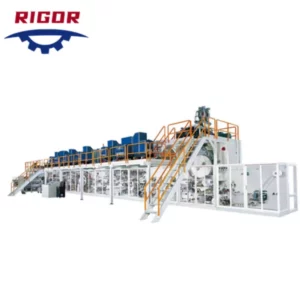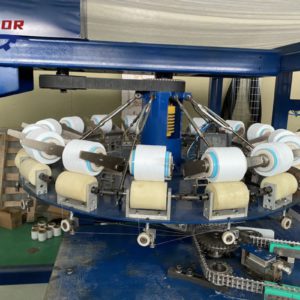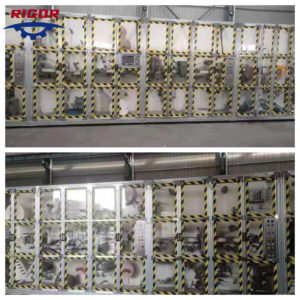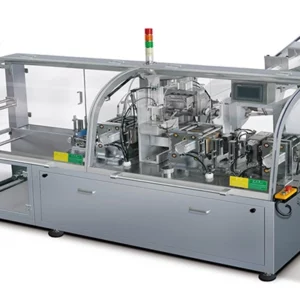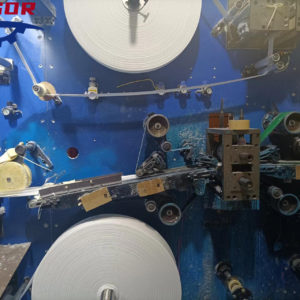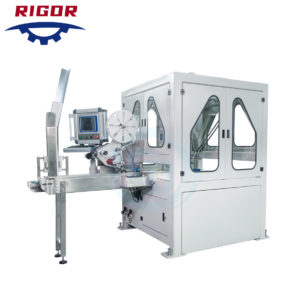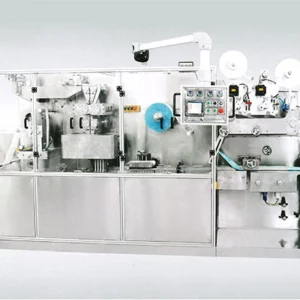For women around the world, access to affordable and hygienic sanitary napkins can be a challenge. Lady sanitary napkin machines offer a solution, allowing small scale production of sanitary pads at the local level. Read on to learn how these machines are improving women’s health, creating employment opportunities, and supporting community development.

Breaking Down Barriers To Women’s Health
One factor limiting access to sanitary products for girls and women is cost. Store-bought napkins may simply be unaffordable to lower-income families in developing regions. Reusable cloth napkins require adequate water and soap for washing, which many lack access to. As a result, women turn to unsanitary and unsafe alternatives during menstruation, risking health problems like reproductive infections.
Cultural taboos around menstruation present another barrier. In many traditional societies, periods are seen as dirty or impure. This stigma prevents open discussion and solutions. Women may be isolated in menstrual huts or taken out of school during their periods. Lack of proper sanitary hygiene caused by secrecy, shame, and misinformation creates health risks.
Lady sanitary napkin machines installed in villages tackle these barriers head-on. Producing pads locally makes them affordable and accessible. Running the machines creates employment for women. Sale and distribution of the pads by local women helps break taboos through education and open dialogue about menstrual health. It’s an integrated approach that uplifts women economically while improving community health.
How Lady Napkin Machines Work
Lady napkin machines are designed to be operated with minimal training by women’s self-help groups in rural villages. The manufacturing process is simple and uses readily available raw materials.
Here is the step-by-step process:
- Raw materials like cotton, pine wood pulp, and absorbent polymers are loaded into the machine.
- The raw materials move through an integrated sequence of processes including mixing, grinding, compressing and shaping.
- A conveyor belt carries the material through pressure rollers to densify and shape it into napkins.
- Napkins are manually folded and packaged by operators.
- Sanitary pads are distributed and sold locally at affordable pricing.
Machines are available in various production capacities ranging from 1,000 to 10,000 napkins per day. The entire process can be managed start-to-finish by 3-4 women operating the machine. Maintenance is minimal due to the simple mechanical design.
Benefits to Women and Communities
Lady napkin machines deliver immense impact for women’s health, employment, and community development:
- Improved access to affordable, hygienic sanitary napkins
- Greater school attendance by teenage girls who can manage periods
- Increased awareness and education about menstrual health
- Reduced reproductive infections from use of unsanitary pads
- Jobs and supplementary income for women running the machines
- Support for female entrepreneurs selling and distributing pads
- Boosted local economy around production and sales
By facilitating small-scale decentralized production, lady napkin machines empower women to take menstrual health into their own hands. The local availability of sanitary pads is helping overcome cultural taboos and letting women manage periods with safety and dignity. It’s a small innovation making a huge difference worldwide.
